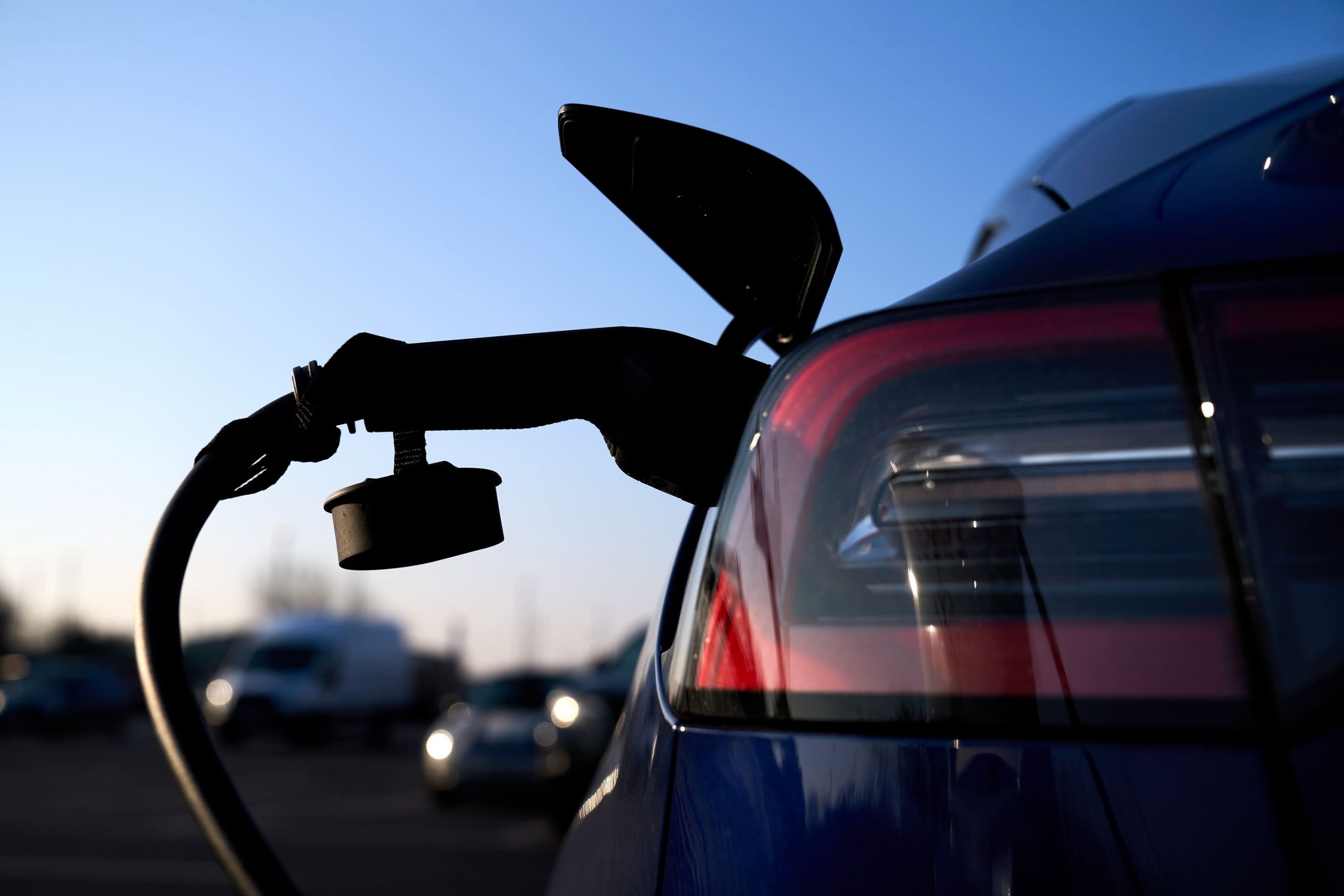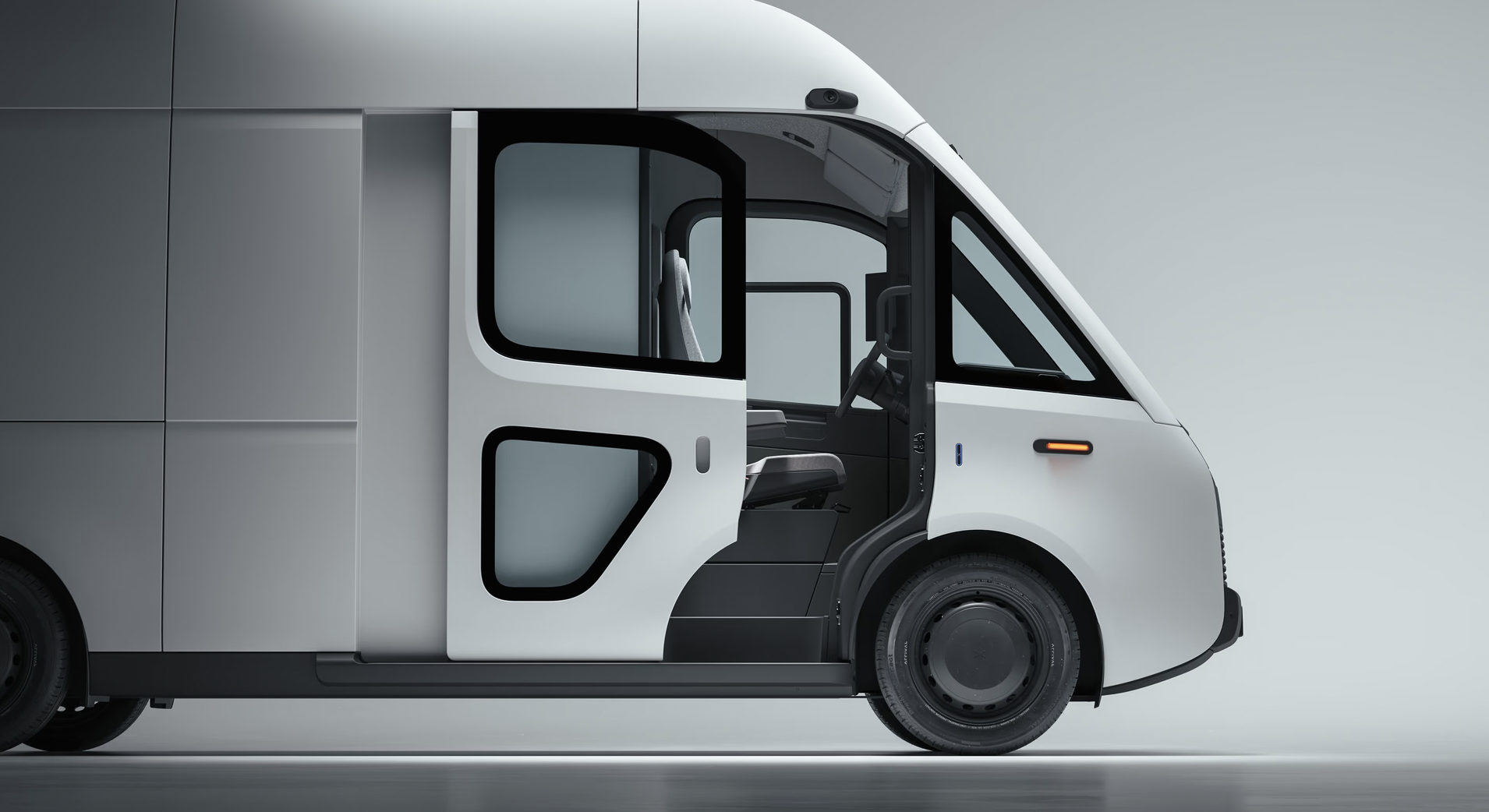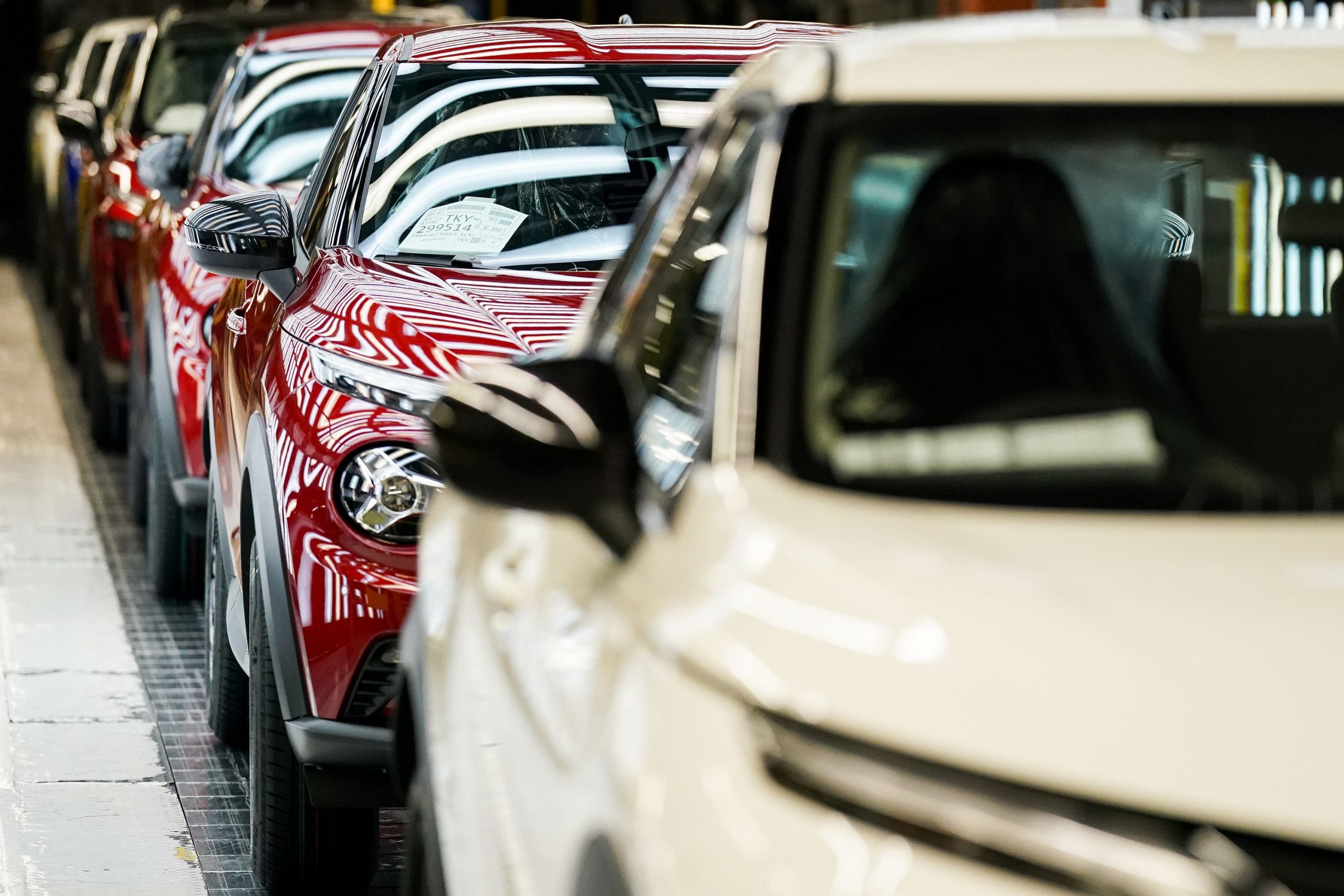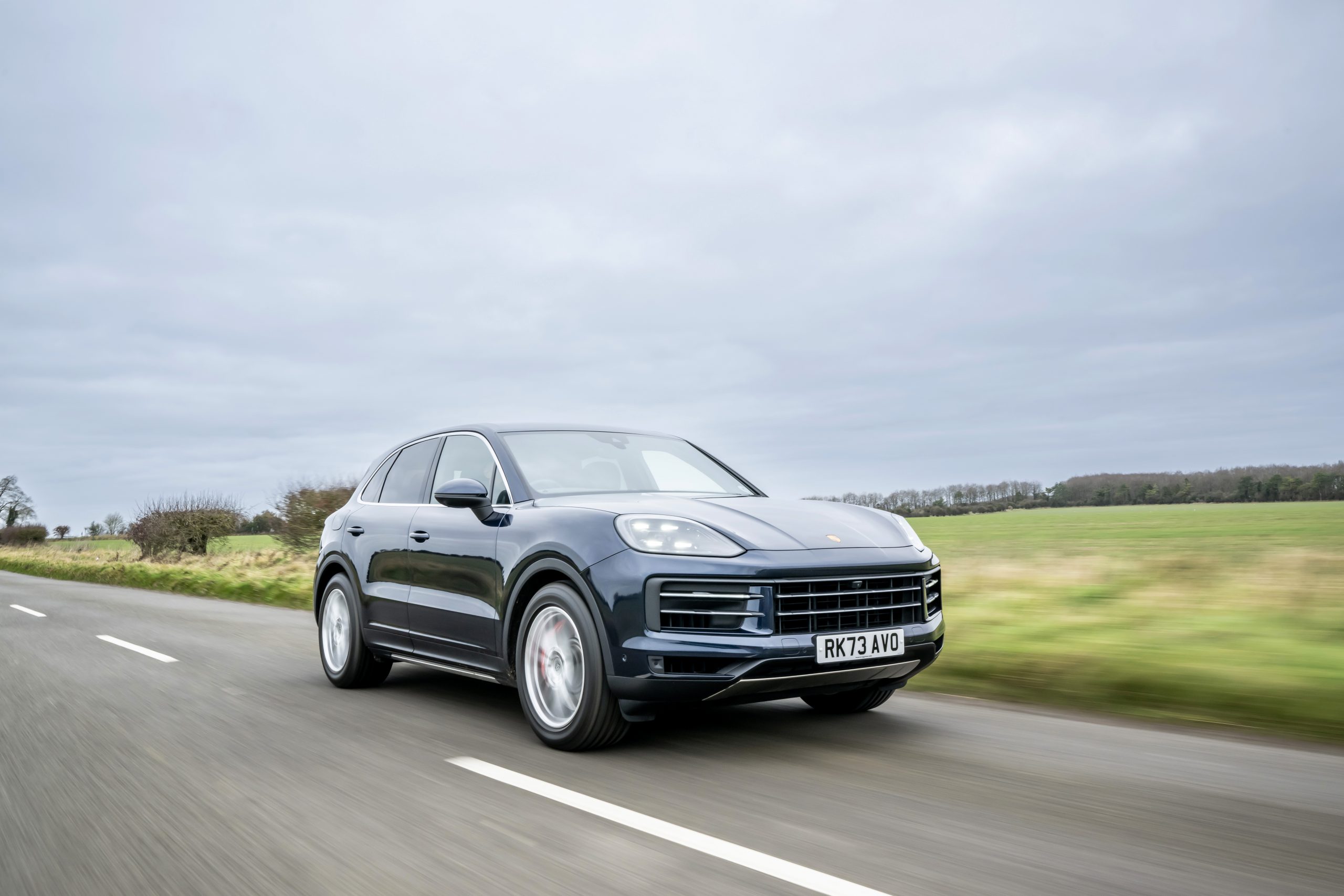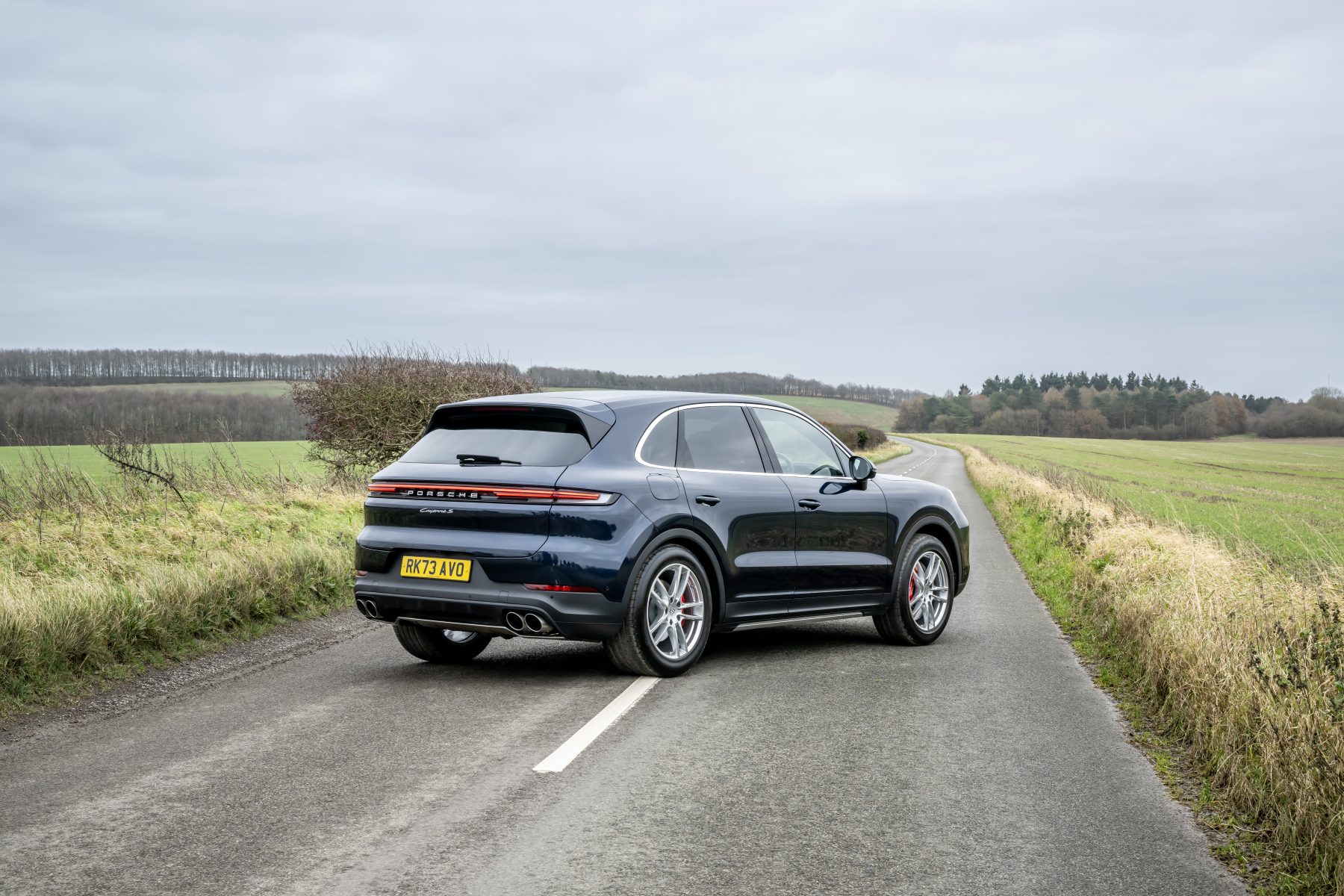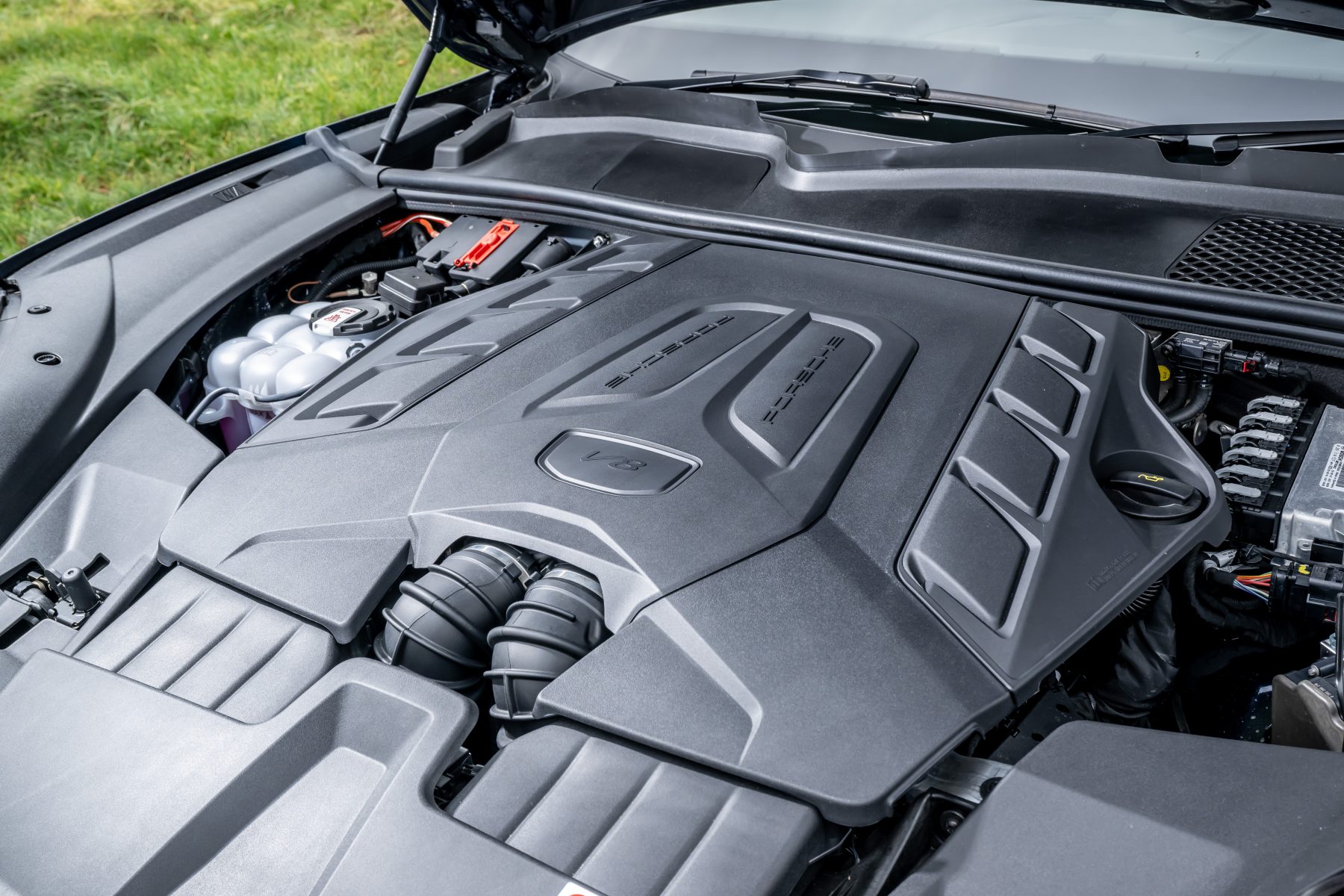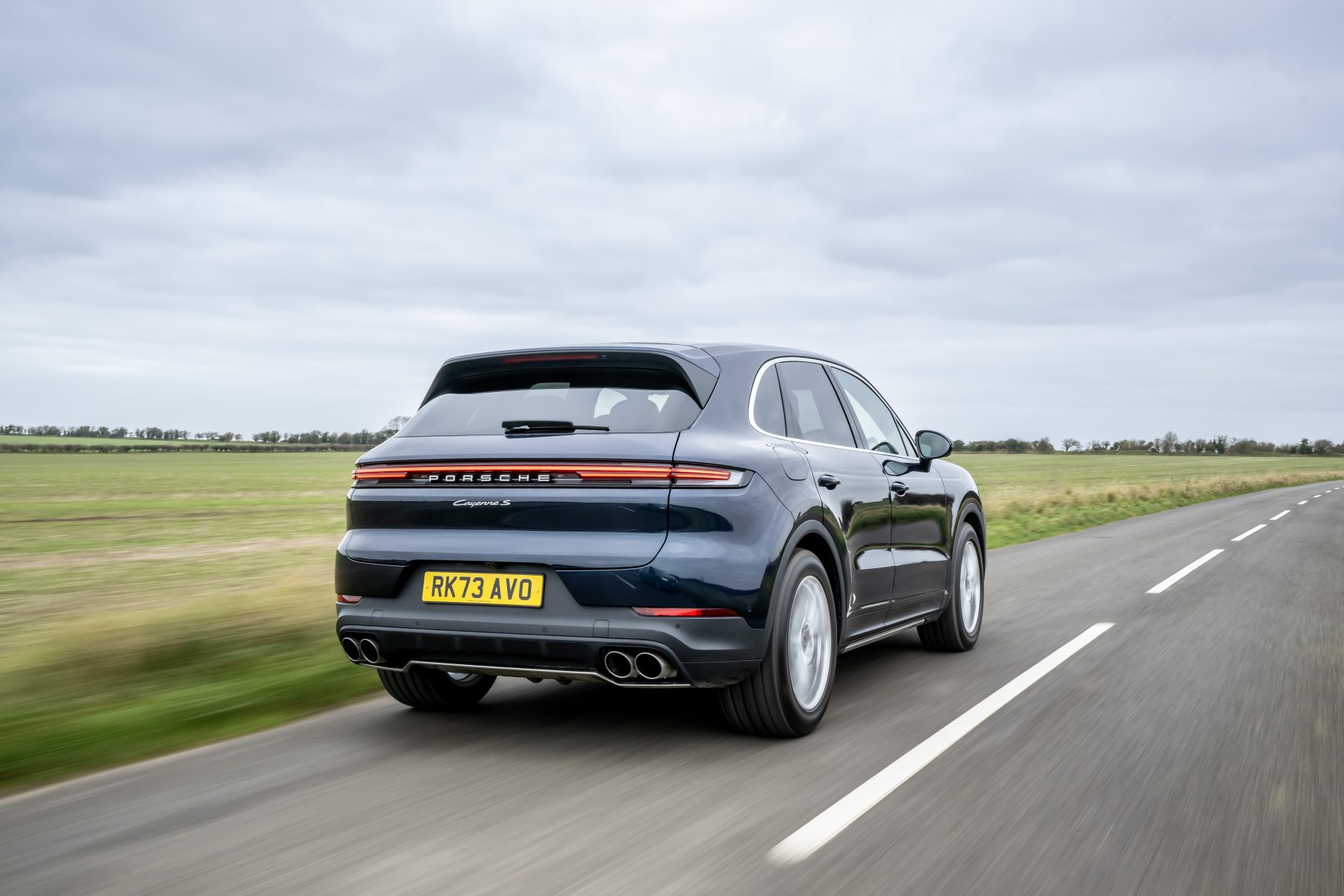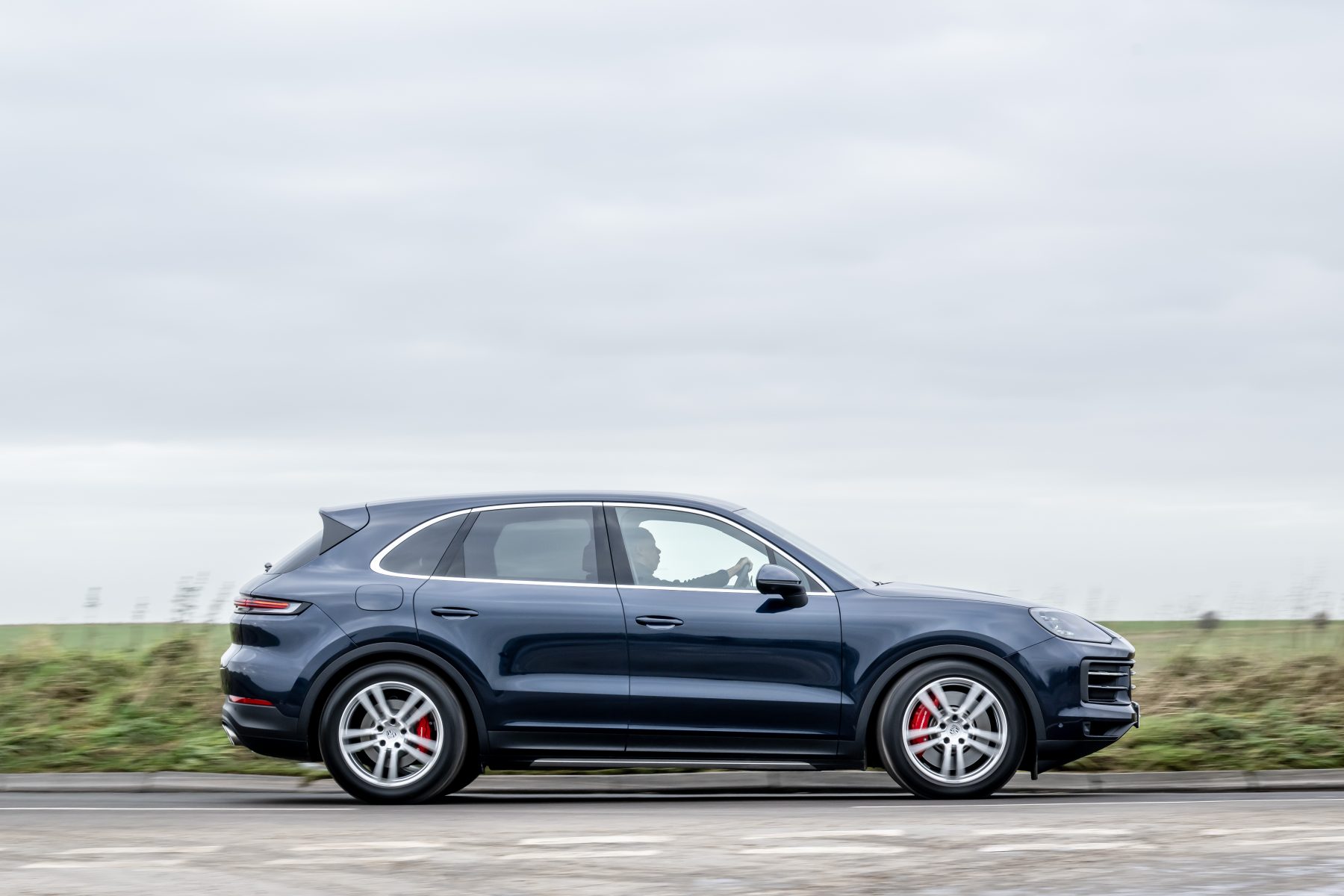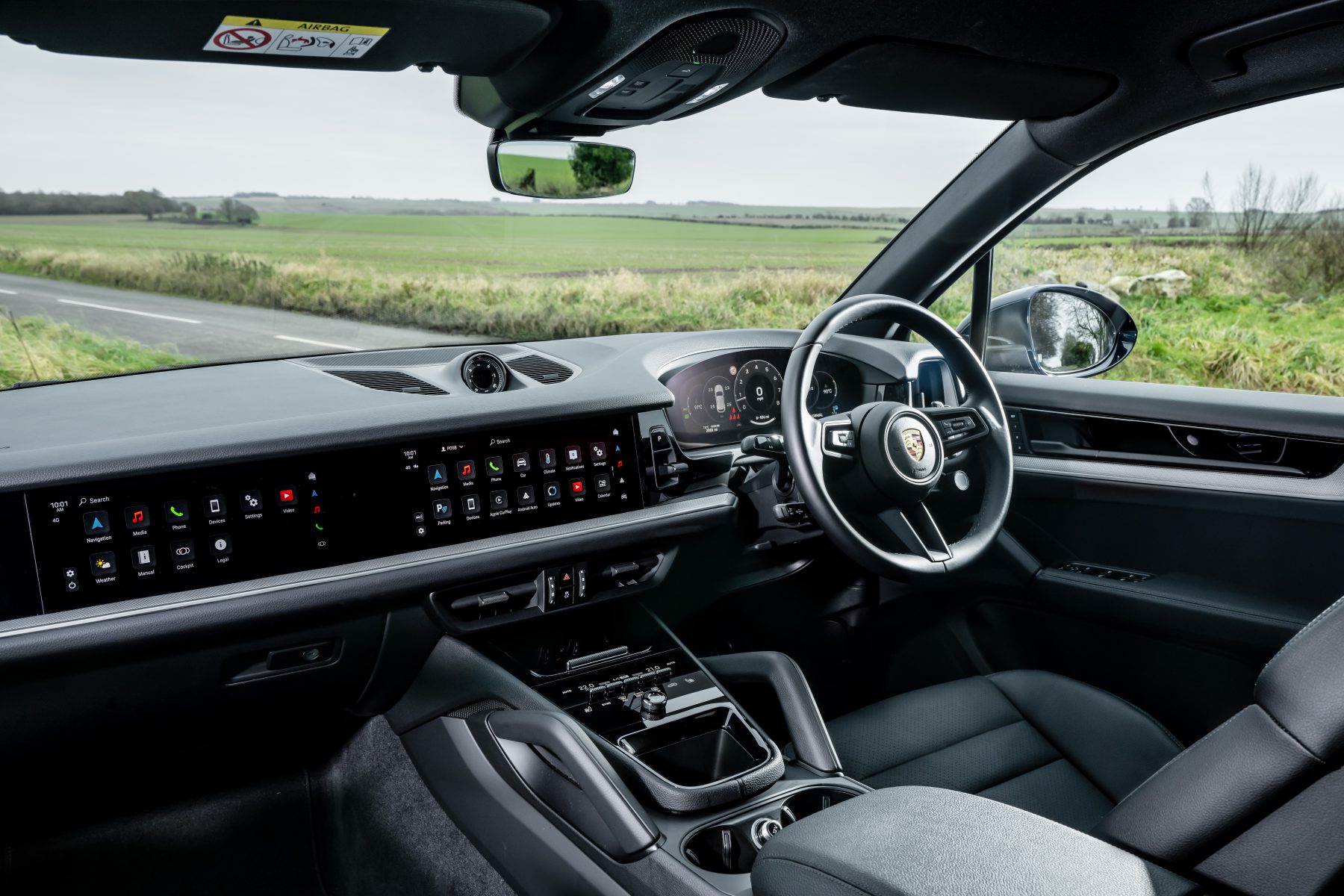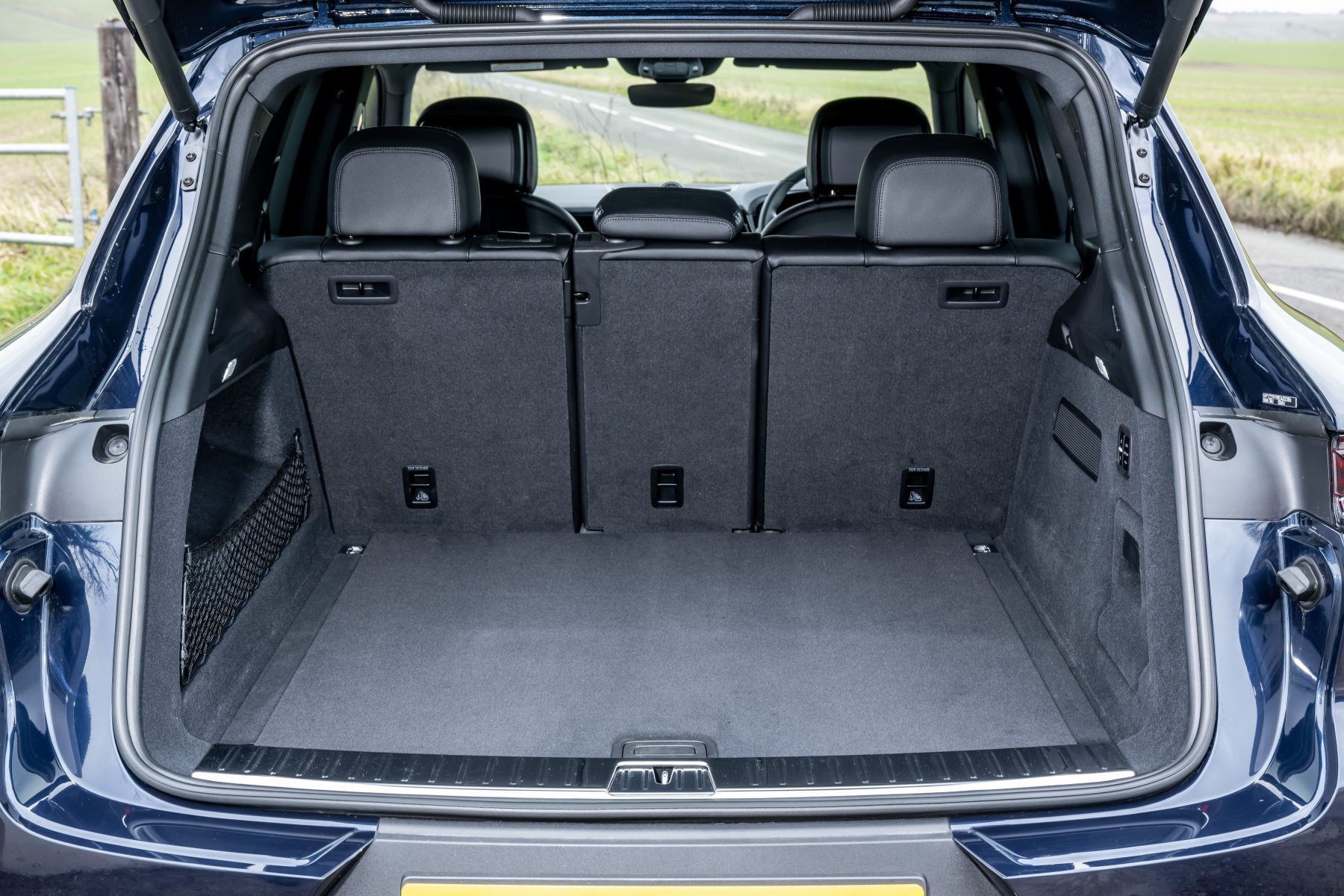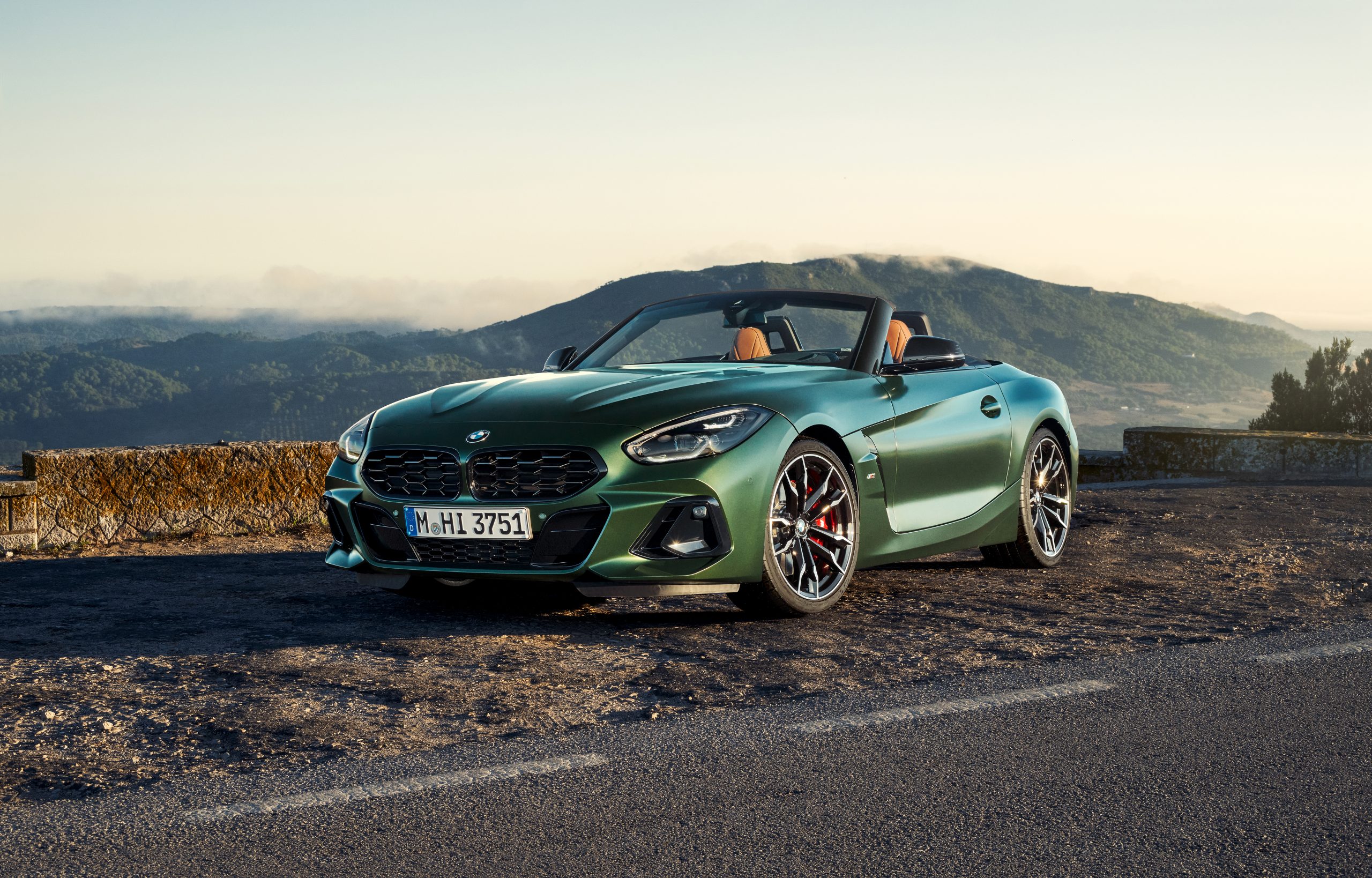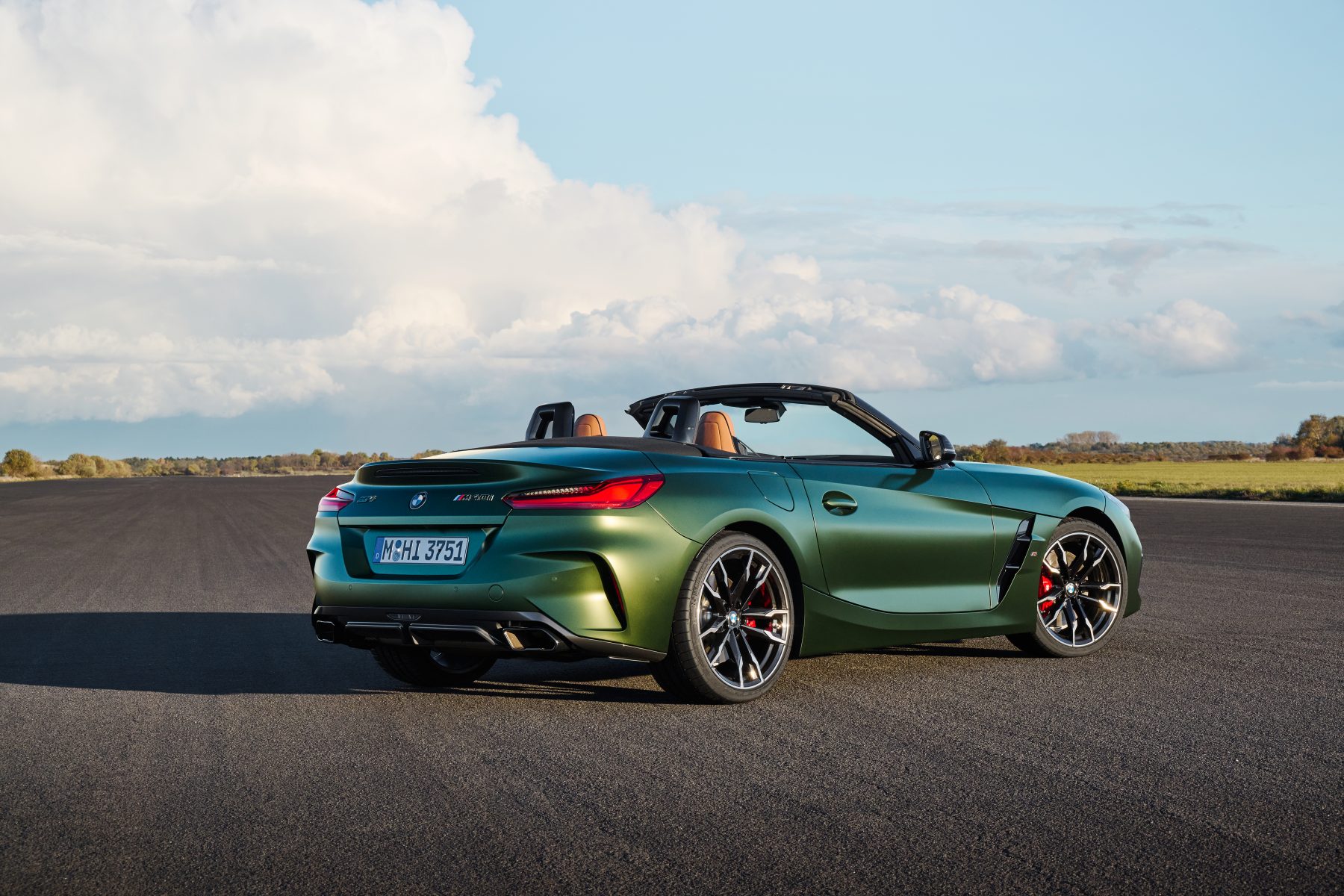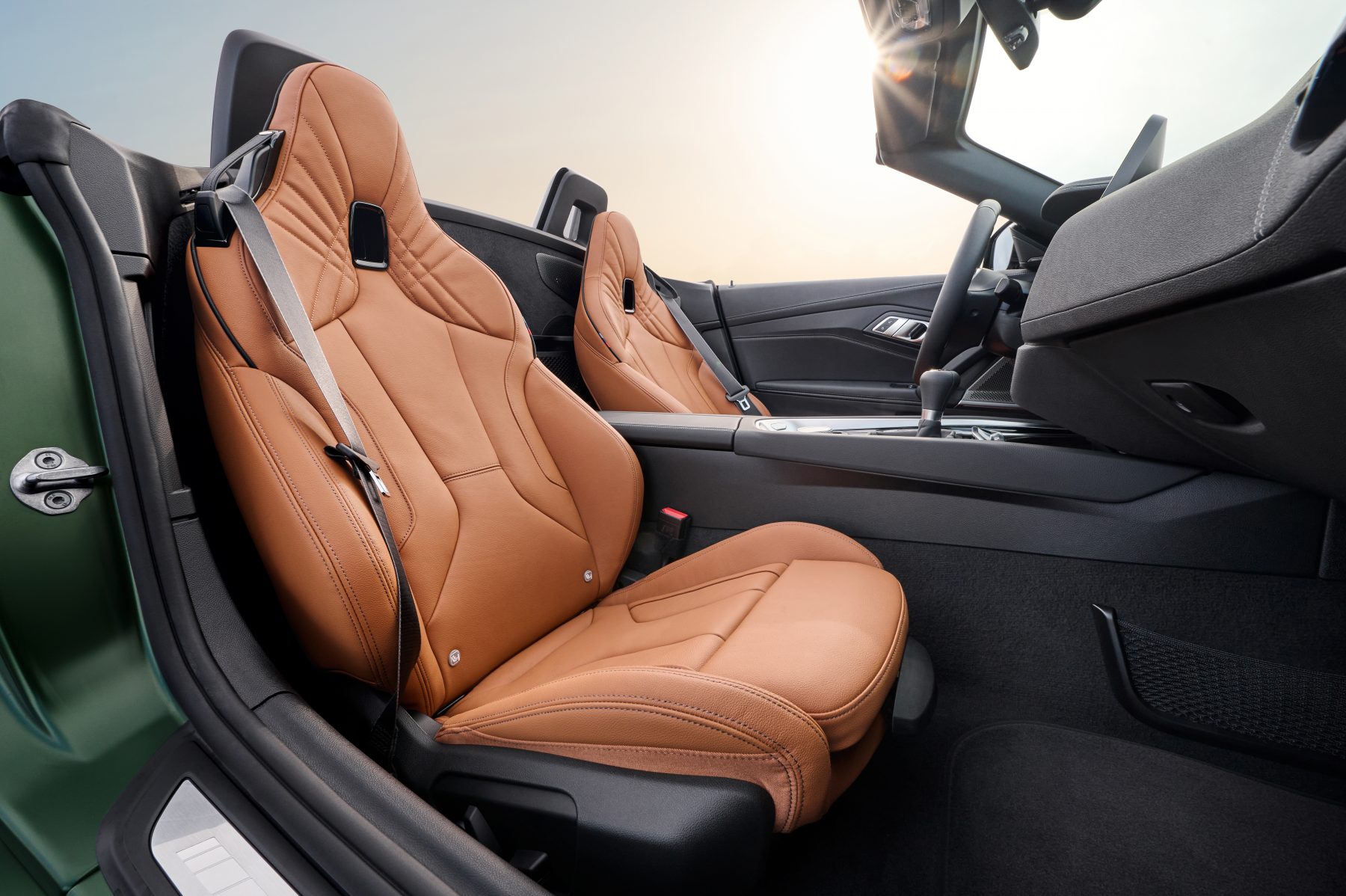Urgent action must be taken by the Government to remove barriers to the adoption of electric vehicles (EVs), according to a House of Lords report.
A combination of higher purchase costs, insufficient charging infrastructure and mixed messaging are putting some people off from making the switch to electric motoring, peers warned.
The report from the Environment and Climate Change Committee urged ministers to instil confidence in consumers to ditch petrol and diesel cars.
One option it suggested is to incentivise purchases of used EVs by creating an industry standard assessment of the condition and likely future degradation of their batteries.
Other recommendations included ensuring the rollout of EV charging infrastructure is not delayed by “out-dated regulation”, and taking action to tackle “misinformation” about electric motoring.
Baroness Parminter, who chaired the inquiry, said: “Surface transport is the UK’s highest emitting sector for CO2, with passenger cars responsible for over half those emissions.
“The evidence we received shows the Government must do more – and quickly – to get people to adopt EVs.
“If it fails to heed our recommendations, the UK won’t reap the significant benefits of better air quality and will lag in the slow lane for tackling climate change.”
EVs are more expensive to buy than their petrol and diesel equivalents, and there is an “insufficient range of affordable EVs”, the report stated.
The upfront cost of EVs, including second-hand cars, is “a significant barrier to consumer adoption”, the committee said.
Peers described the UK’s removal of purchase incentives to support private buyers as “premature”.
They also suggested that Prime Minister Rishi Sunak’s speech announcing the delay in the ban on sales of new petrol and diesel cars from 2030 to 2035 – in which he said achieving net zero “is going to be hard” – was an example of “emphasising the costs while failing to stress the benefits”.
Steve Gooding, director of the RAC Foundation, said: “For many people, an electric car offers the prospect of cheap motoring once they have left the showroom.
“The key is the recharging process, especially when drivers are away from home.
“Plugging in at a public charge point needs to be as simple and straightforward as visiting a forecourt selling petrol and diesel, and at the moment the multitude of systems and tariffs on offer means it isn’t.
“Convenience and consistency must triumph over complexity.”
The Society of Motor Manufacturers and Traders said on Monday that the millionth pure battery electric new car was registered in the UK in January.
It warned that market growth is currently dependent on businesses and fleets, and urged the Treasury to use next month’s Budget to temporarily halve VAT on purchases of new EVs.
The Government announced on Monday that schools in England will be able to apply for grants to buy and install electric vehicle chargers.
State-funded schools and other learning institutions will have access to a grant providing up to 75% of the cost to install chargers, with funding available for up to £2,500 per socket.
A Department for Transport spokesperson said: “After more than a decade of Government grants and tax incentives, the number of electric cars on our roads has significantly increased, with over a million now on UK roads.
“We are continuing to support the switch to electric with more than £2 billion, seeing a 45% increase in public chargepoints since January last year, putting us on track to install 300,000 public chargepoints by 2030.
“This week alone we have made chargepoints more accessible, with the first councils starting to receive part of the £381 million local electric vehicle infrastructure fund alongside new grants to install chargepoints in state schools and nurseries.”
Ginny Buckley, founder of EV marketplace Electrifying.com, said: “The peers on this committee have pulled no punches in this report.
“We’ve consistently said that improvements to incentives, infrastructure and information are essential if we are to meet net zero targets and leave no-one behind on the journey.
“This report clearly shows that the House of Lords agrees with us.”

